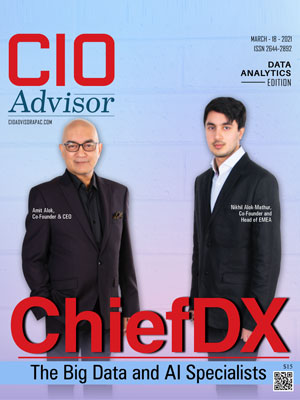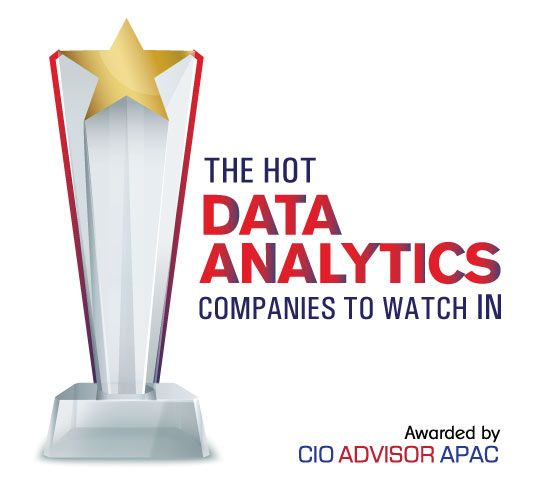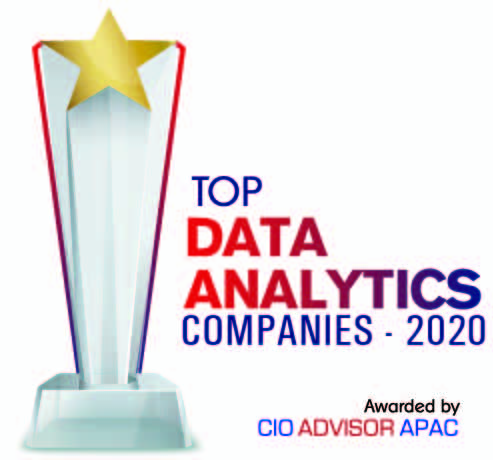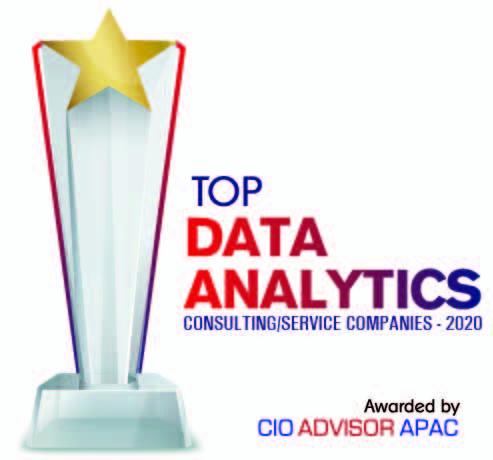Well into 2021, trends such as IoT, big data, and machine learning continue to prevail in the data analytics landscape. A comprehensive development throughout 2020 projected to continue well into 2021 is a focus on mature data governance environments and cloud integration. Instead of pursuing short-term goals such as cost reduction and better analytical efficiency for isolated projects, companies will continue to look at overarching, standardized, sustainable analytical environments.
Further, strategies to improve insight generation continue to gain momentum. As the placeholder term for insight-enabling technologies such as AI, machine learning (ML), and natural language processing (NLP), augmented analytics is witnessing greater attention both in terms of breakthrough efforts and the implementation of existing models. Rather than drilling through the incomprehensible number of quantitative data, companies are increasingly employing augmented data analytics. Similarly, they also continue to implement AI-generated propositions to streamline decision-making. However, Continuous Intelligence or CI utilizes real-time context data to ameliorate automated decision-making. CI provides an opportunity for the generation of continuous, high-frequency, intuitive insights from all data by incorporating real-time analytics within an operation. On the flip side, data storytelling and data visualization are getting ever more advanced. It is also becoming more accessible as organizations are shifting their data warehouses to the cloud. With the need to perceive patterns and extract value out of data, or merge diverse data to generate insight, companies are facing the challenge of continuously generating data stories that are complete, compelling, and well contextualized. But a contemporary concept like DataOps captures an array of DevOps and agile approaches to the data analytics cycle. These range from data collection and data transformation to reporting. Geared towards data scientists, data engineers, and analysts aiming to analyze data and build models, DataOps envisions achieving the goals of better data quality and faster, streamlined analytics. In fact, generating massive volumes of data to be processed with an eye towards decision-making, big data analytics has become the norm for an array of companies. Largely, many of these organizations are increasingly looking at hybrid approaches. Where data is stored in on-premises data centers whereas the cloud is used for analytics or vice versa. Rather than discarding existing hardware and software to migrate to the cloud, companies can thus make use of both worlds.
CIO Advisor APAC’s editorial board has assessed and shortlisted a number of hot data analytics companies in the APAC region. We hope this issue of the CIO Advisor APAC helps you build the partnership you and your firm need to foster a technologically-driven learning environment.
We present to you CIO Advisor APAC’s “The 10 Hot Data Analytics Companies to Watch in - 2021.”






















